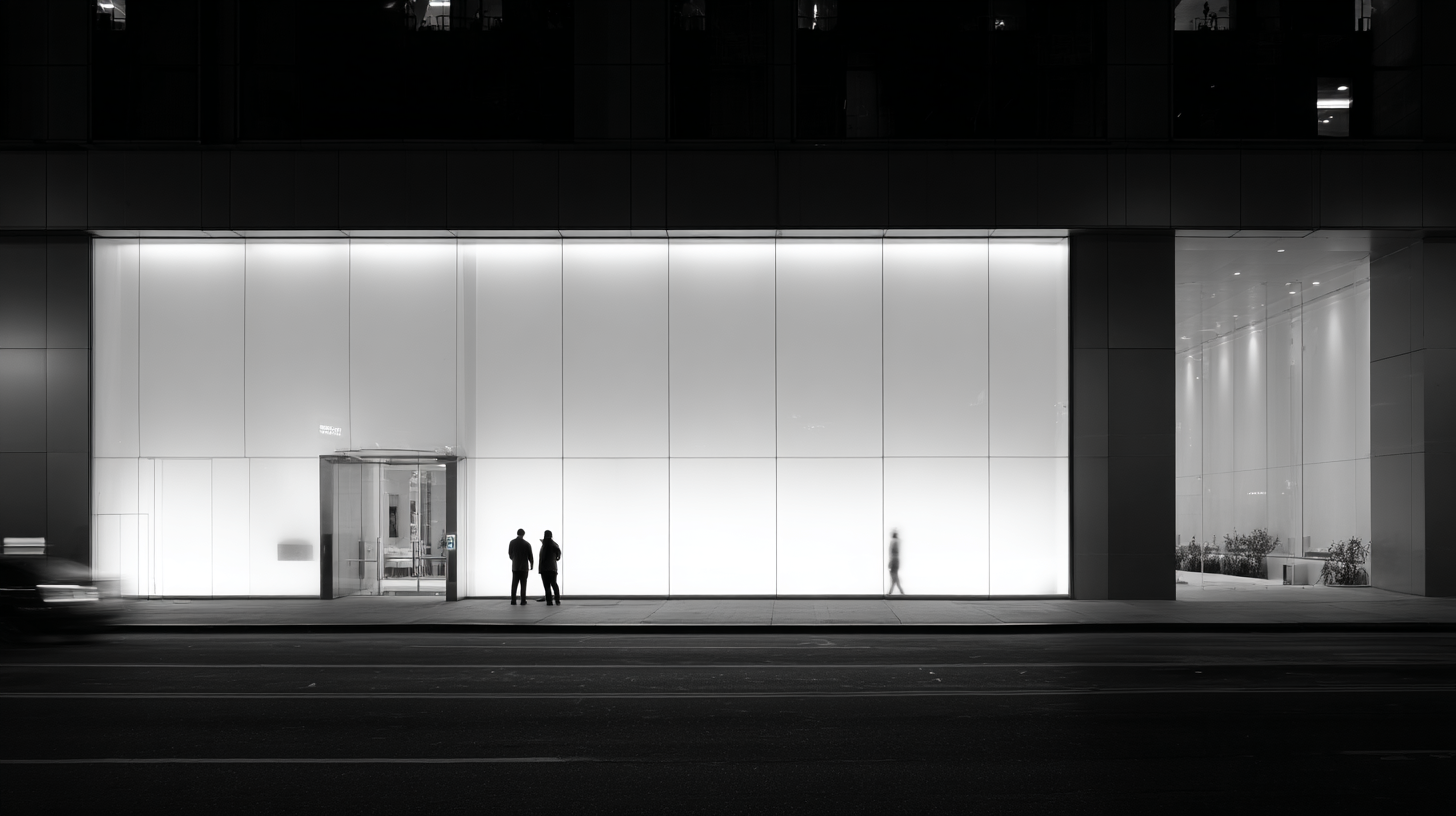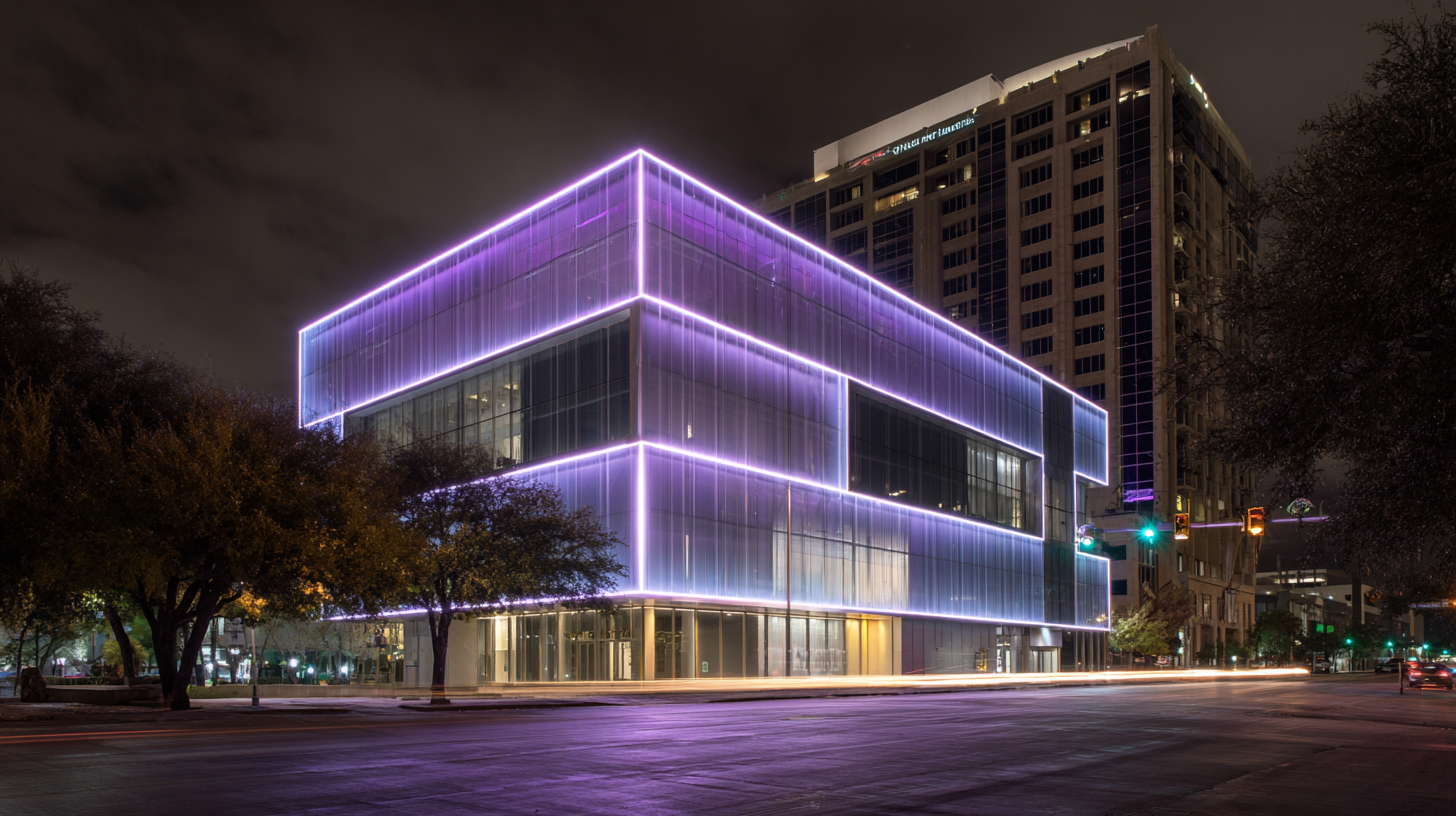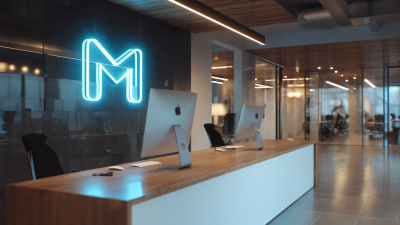



In the realm of architectural aesthetics and urban navigation, the design of Backlit Building Signage plays a pivotal role in enhancing visibility and directing foot traffic. This innovative signage solution transcends traditional design by harnessing the power of illumination to not only convey information but also to create an inviting atmosphere that speaks to a building's identity. As cities continue to evolve and compete for attention, the strategic integration of backlit signage becomes essential for effective branding and usability. This article delves into the science behind effective backlit building signage design, exploring the principles that govern its functionality and appeal. By examining the interplay between light, materials, and information hierarchy, we uncover the secrets that make backlit signage not only a practical necessity but also a compelling design element in modern architecture.

When designing backlit building signage, the balance between aesthetics and functionality is paramount. A well-crafted backlit sign can increase visibility by up to 40% in low-light conditions, making it a preferred choice for businesses aiming to attract nighttime customers. According to the Sign Research Foundation, illuminated signs are 50% more likely to be noticed than non-illuminated signs, emphasizing the importance of light in effective branding. Selecting the right materials, such as acrylic or transparent polycarbonate, can enhance the diffusion of light, ensuring that the sign is not only striking but also legible from a distance.
Equally crucial is the design layout, which should seamlessly integrate both visual appeal and clarity. A study by the International Sign Association reveals that 70% of consumers will recommend a brand based on the quality of its signage. Therefore, designers should focus on typography that is not only aesthetically pleasing but also easy to read. The contrast between the sign's background and the illuminated elements plays a significant role in this; for example, dark backgrounds with bright letters provide optimal readability. Ultimately, effective backlit signage serves as both a functional tool for navigation and a captivating element of the urban landscape.

In contemporary architectural design, the selection of materials for backlit signage plays a pivotal role in enhancing visibility and durability. Transparency in materials is not merely an aesthetic choice; it significantly impacts the effectiveness of light diffusion, contributing to a striking visual appeal. Advances in technology have led to the development of highly transparent and robust materials, such as innovative bioplastics and advanced polymers, which can withstand environmental stress while maintaining clarity.
Tips: When selecting materials for backlit signage, consider options that offer both durability and transparency. Look for materials that have undergone rigorous testing for both weather resistance and UV stability. Incorporating elements like smart 3D printing can further enhance the quality and uniqueness of your signage.
Additionally, sustainability is becoming increasingly important in material selection. The use of degradable materials not only meets consumer demand for eco-friendly solutions but also reflects a company's commitment to responsible sourcing. Engaging with sustainable materials can lead to creative design opportunities that not only stand out but also align with environmentally conscious practices.
| Material Type | Transparency Level | Durability (Years) | Weight (kg/m²) | Cost ($/m²) |
|---|---|---|---|---|
| Acrylic | High | 10 | 3.5 | 50 |
| Polycarbonate | Medium | 15 | 5 | 60 |
| Glass | Low | 25 | 7.5 | 100 |
| Vinyl | Medium | 8 | 2.0 | 30 |
| LED Panels | High | 12 | 4.0 | 80 |
In recent years, the illumination techniques employed in building signage have evolved significantly, with a notable shift towards utilizing LED technology. LED lighting, known for its energy efficiency and longer lifespan compared to traditional lighting sources, plays a crucial role in enhancing visibility and aesthetic appeal of backlit signs. Unlike conventional incandescent bulbs, LEDs generate less heat and require less maintenance, making them a more sustainable choice for effective signage solutions.
The integration of smart lighting systems further revolutionizes the way we illuminate spaces. These systems allow for dynamic control over brightness and color, adapting the lighting to various environments and times of day. This adaptability enhances not only the functionality of building signage but also contributes to energy savings. As industries continue to innovate, the combination of advanced LED technology and intelligent control systems promises a future where building illumination is not only effective but also environmentally responsible, paving the way for smarter, more responsive urban landscapes.
Color theory plays a crucial role in backlit signage design, as it can significantly enhance visibility and reinforce brand identity. According to a study by the Color Psychology Institute, colors can influence consumer perceptions and decisions. For instance, studies show that 85% of consumers based their purchase decisions on color alone. The strategic use of color can attract attention and convey a brand's message effectively. Warm colors like red and yellow can promote excitement and urgency, while cool colors like blue and green exude trust and calmness. When designing backlit signage, brands must consider not only the aesthetics but also how the chosen colors resonate with their target audience.
Tips: Utilize a color contrast ratio of at least 4.5:1 for optimal visibility in various lighting conditions. Additionally, consider incorporating your brand’s signature colors to maintain consistency across all marketing platforms.
Another key element is the brightness of the backlighting used in conjunction with the selected colors. The International Sign Association (ISA) states that well-lit signage can enhance recognition by up to 50%, making it essential for businesses to select the right luminance levels. By ensuring that the brightness complements the color palette, businesses can create signage that stands out, even in busy environments, ultimately improving customer engagement.
Tips: Test your signage in different lighting conditions and at various times of day to ensure visibility and impact.
When designing effective backlit building signage, understanding and navigating local regulations is paramount. Each municipality has its own set of codes regarding signage size, brightness, and placement to ensure that signage remains safe, unobtrusive, and effective. Familiarizing yourself with these regulations can save you time and money during the design and installation process. It’s imperative to consult the local zoning office and review any specific guidelines applicable to your signage's location.

Tips for Compliance:
1. Always check local zoning laws before finalizing design elements, as sizes and luminance may have restrictions.
2. Consider submitting a design proposal that highlights how your signage meets local codes; this can expedite the approval process.
3. Stay updated on any changes to local regulations, as signage laws can evolve based on community feedback and urban development.
By leveraging these insights and ensuring compliance upfront, you can focus on creating visually appealing signage that serves its purpose without the worry of costly revisions or fines.






